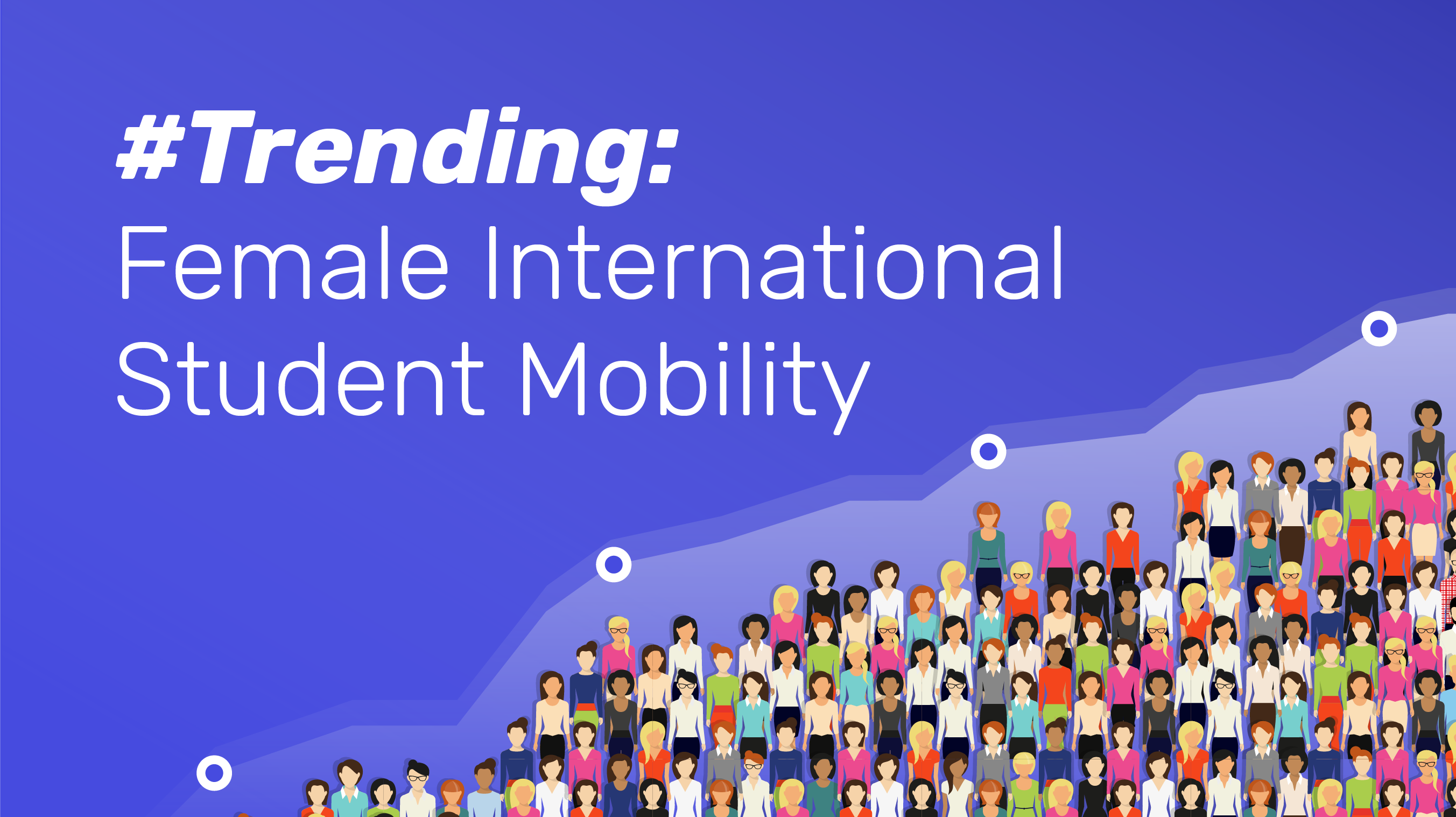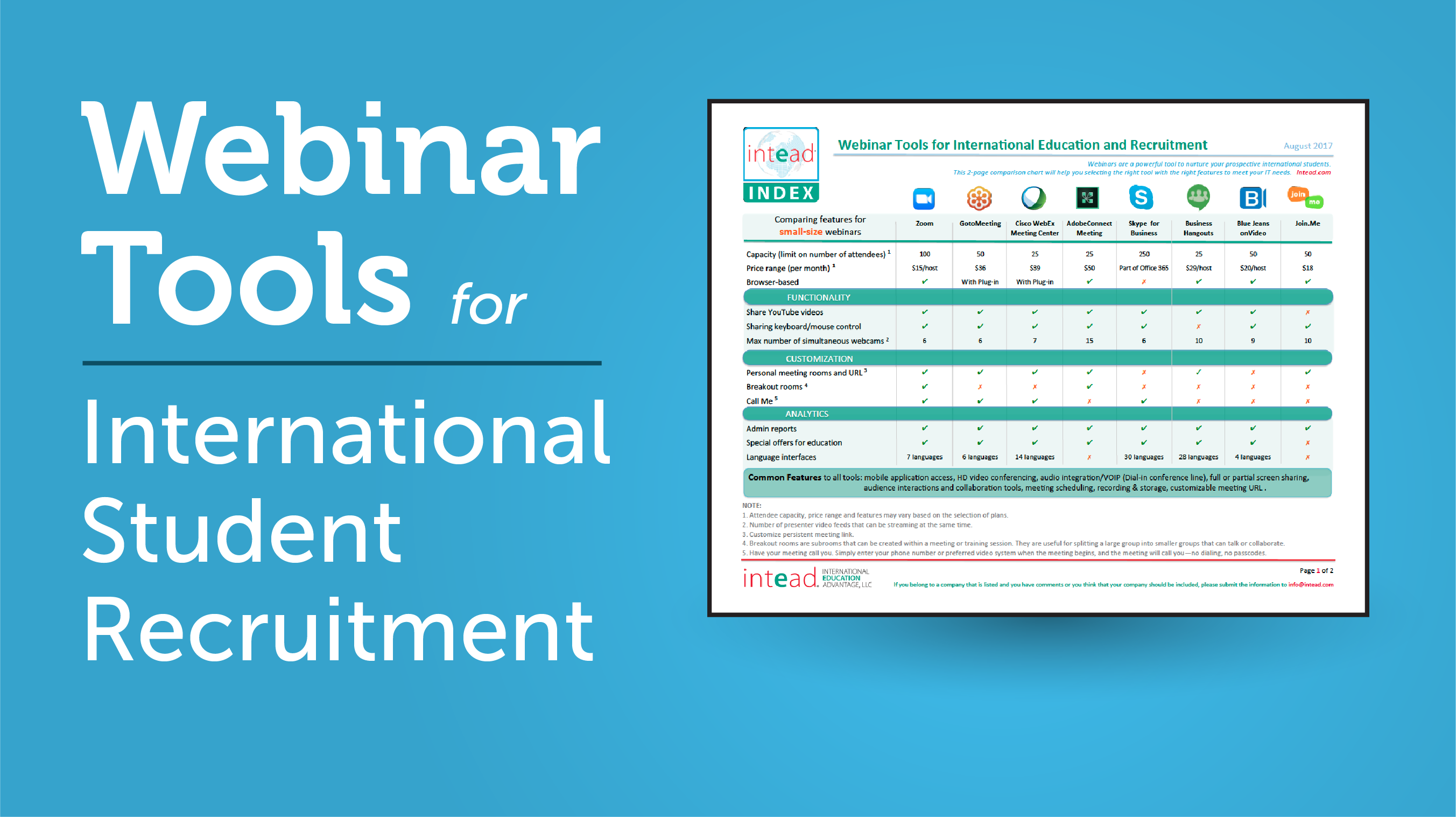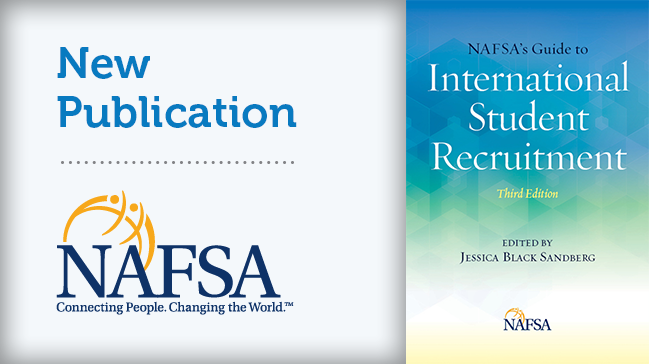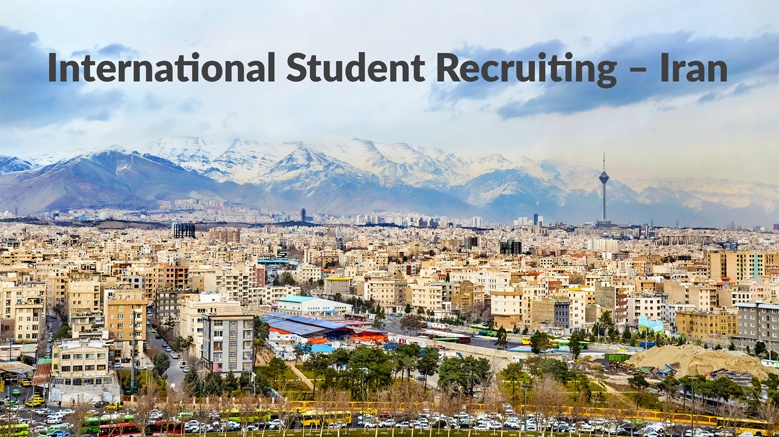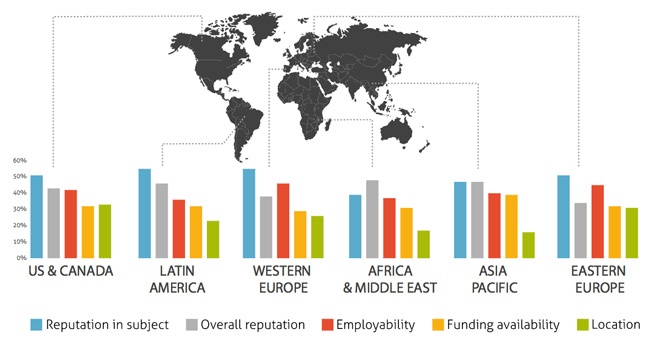Right now it is common knowledge that more women are enrolling in higher education than ever before. But, did you know that global female enrollment in higher education has grown twice as fast as the rate of male enrollment in the last four decades? Women now outnumber men in higher education institutions in 114 countries.
The reasons for the large rate of growth for female enrollment are clear: increased access to university education for women, better financial situations and the global push to encourage female education. Here's the question: have you considered how to your institution's marketing approach addresses this trend? Are you speaking their language?
BOTTOM LINE: Women are outnumbering men in education institutions around the world, but there is still a gap between male and female international students studying in the U.S. There are still countries that tend to send more men abroad, particularly in the STEM fields. Encouraging more women to enroll in studies traditionally occupied by men and looking for insights from countries that are already sending more women abroad may give us some clues into how to encourage continued growth in the number of women studying in the U.S. and abroad. Read on to explore the growth trends and consider how to adjust your marketing approach to capitalize on the trend.

